& Construction

Integrated BIM tools, including Revit, AutoCAD, and Civil 3D
& Manufacturing

Professional CAD/CAM tools built on Inventor and AutoCAD
12 min read
Let’s face it; we’re having some trouble keeping up with Moore’s Law. If we continue to double the amount of transistors in a microprocessor every 18 months, then in 2030 we’ll have circuits that will be measured on the atomic scale. When things get that small, weird stuff starts to happen, like electrons completely ignoring their physical boundaries and showing up in different places unexpectedly. That’s quantum tunneling at work. With today’s transistors getting as small as 14 nanometers (which is 500 times smaller than a red blood cell), I think we can all agree that it’s time to look for an alternative for the future of computing and electronics before we smash into our physical wall of limitations. And we might just have that answer in quantum computing.
We’re all familiar with the fact that computers store data as 1s and 0s. It’s a very black and white world, being either on, or off, but not both. Quantum computing changes all of this. By tapping into the power of individual atoms and molecules, we’re now able to store, process and manipulate information simultaneously in ways that would have never be possible with today’s computers. And how is it all done? With the qubit.
Qubits can take many forms, like atoms, ions, photons, and even the individual electrons that are running around on our electrical circuits. You can think of a qubit as the equivalent to the classic bits in modern computing, with a twist. Like bits, qubits are also measured using our binary system of 1s and 0s. But unlike a classical bit, qubits can be both a 1 and a 0 at the same time. It gets even stranger. Because a qubit can be both a 1 and a 0 at the same time, what you measure determines what a qubits final output will be. But how is this even possible? We have two qubit properties to thank for this – superposition and entanglement.
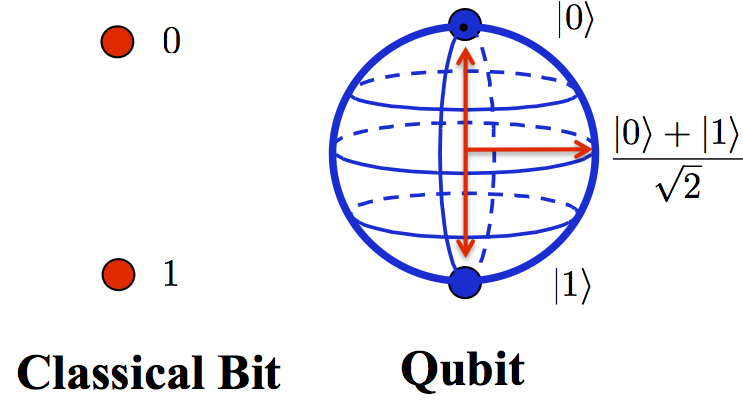
In superposition, a qubit can be in multiple states at the same time, having a value of not just 0 or 1, but both, and any amount of numbers in between. This has some serious implications for computing. Imagine a quantum computer playing chess, it would be able to analyze every single possible move all at once, and then pick the best one. This is in comparison to a modern computer, which would need to analyze and take actions one at a time.

Another strange property of qubits is their ability to be linked together, called entanglement, even over massive distances where there is zero possibility of a physical connection. When two qubits are linked together, they will both share a similar state, or value, being 1 or 0. And each qubit that you add to the mix doubles the possible processing capabilities.
If you entangled 300 qubits together, you could perform more parallel computations than there are known atoms in the universe. The possibilities are overwhelming to think about. But how do all of those qubits come together to make a working quantum computer?
Let’s take the classic Turing Machine as an example, invented by Alan Turing in the 1930s. In his original invention, this theoretical device consisted of a tape of unlimited length divided into individual squares. Each one of these squares could hold a value of 1 or 0. You would then take a device that can read these individual squares, and transmit that set of binary instructions to a machine to carry out, which will do them one at a time. This is exactly what your laptop or smartphone does, it takes in one line of code at a time, processing it in a top-down fashion.
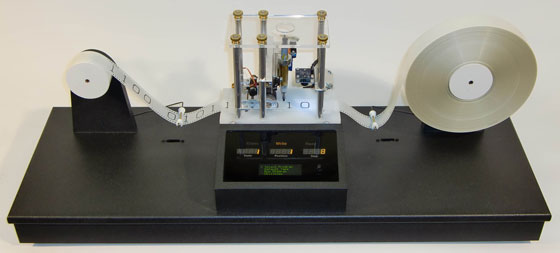
Now, what happens when you give the Turing Machine quantum capabilities? Those individual squares are no longer limited to holding just a 1 or a 0, they can be both values, at the same time! This would allow your theoretical Turing machine to perform a dizzying amount of calculations all at once them, making it more powerful than even today’s most legendary supercomputers.
Is all of this just too good to be true? It could be. Some real problems are holding us back from making quantum computers a reality, including:
To build an actual quantum computer, we need several things to happen. The first and most obvious is that we need qubits to respond in ways that we want them to. This is currently underway by scientists and researchers who are working with a number of materials and methods for creating qubits out of photons, atoms, electrons, and molecules which can be easily manipulated.
We also need to be able to consistently use more qubits in our experiments to make them worthy of replacing today’s modern computers. Researchers at MIT currently hold the record for using 12 qubits in an experiment, but that’s not even close to matching the capabilities of today’s computers with billions of transistors.
And most importantly, we need to come to an agreement as a collection of scientists, engineers, and manufacturers about what kind of qubit will be used to power the future of quantum computing. We have Intel working on superconductor and silicon-based qubits, and other companies trapping ions to form qubits, but everything is still very much in its infancy. What we might find in the future of quantum computing development is a collection of qubit types being used, each playing a unique role. Here’s a rundown of all the types of qubits currently being developed by tech companies around the world:
This type of qubit has support from some heavy hitters in the tech industry, including Google, IBM, and Quantum Circuits.
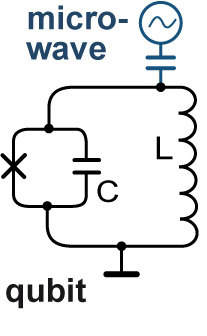
This qubit is being developed solely by a quantum computing startup called ionQ at the University of Maryland by two research scientists.
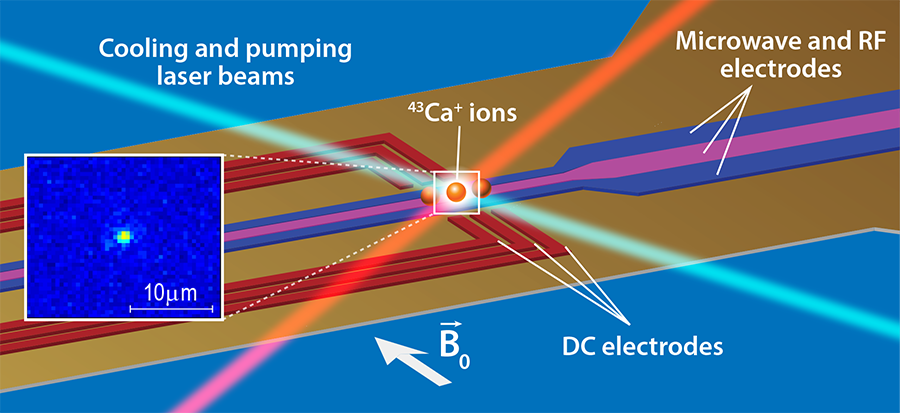
This qubit has support from the largest player in the semiconductor industry – Intel.
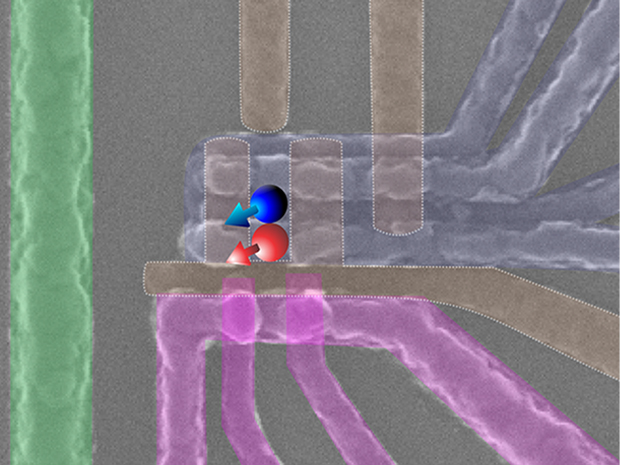
Last up we have a qubit relying on sole support from Quantum Diamond Technologies, which is the only qubit to be powered by diamonds and light.
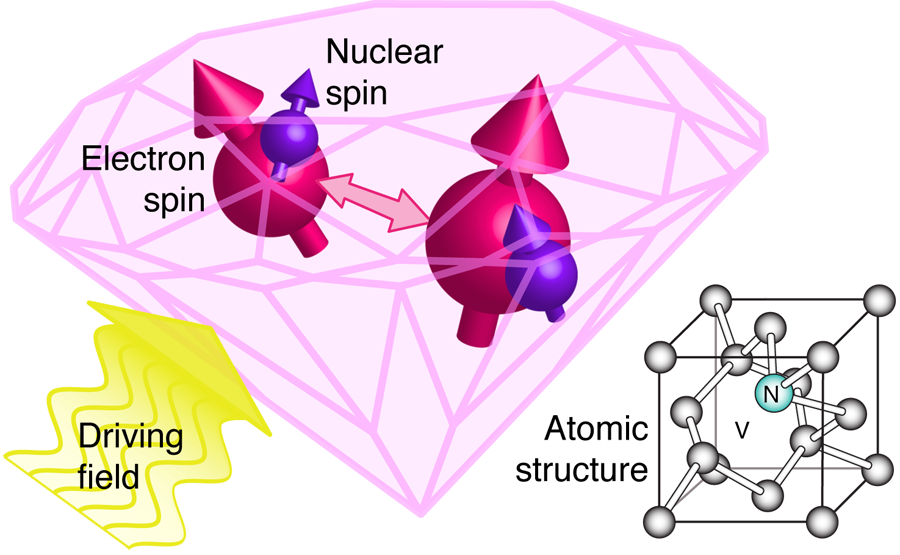
The last notable mention of qubits in development goes to both Microsoft and Bell Labs and their topological qubits. The only problem? This qubit is based on the use of quasiparticles, which means that it resides on the boundary between two particles. Oh, and it’s purely theoretical at this point. We’ll have to wait and see what Microsoft and Bell Labs can put together.
This is all fine and great; we’ve got multiple types of qubits being developed for the future of quantum computing. But now you might be asking – what in the world can quantum computers be used for?
Because quantum computers and the qubits within cannot be directly observed, measured, or copied, there’s an enormous potential for a new age of quantum encryption that could ultimately change how we keep our digital data secure.
On the flip side, quantum computing also has the very real possibility of breaking all of our modern encryption methods. Today’s encryption relies on the factoring of large numbers to keep encryption keys away from prying hands, but the processing power in quantum computers can easily factor these numbers, cracking the code to many of today’s encryption systems.
Quantum computers will also be great for studying the interaction between atoms and molecules with an insane level of detail. This would allow us to develop new drugs and materials, including a semiconductor that could theoretically operate a room temperature.
Because quantum computers can analyze a ton of data and possibilities all at once, this makes them perfect for exploring super complex algorithms and data sets. You’ve always wanted to simulate a black hole, right?
We can also continue on our path of designing targeted cancer therapies by digging into the secrets of proteins in DNA. Quantum computing would allow us to map proteins in their entirety, just like we do for genes.
You might have noticed that all of these applications require a huge amount of processing power and a dizzying amount of data. But are we even close to getting working quantum computers to play with? Here’s the progress to date:

Remember how silicon chips and transistors replaced the vacuum tube back in the day? We might see a day in the near future where quantum computers send silicon chips and transistors to the grave. And so the cycle of progress continues. Who wouldn’t love to be one of the first to see a quantum computer unveiled on stage?
All of this speculation brings up another big question, once you start to replace silicon chips and transistors, do you also start to do away with today’s modern components and printed circuit boards as well? And if so, what in the world are we going to be designing as engineers?
It will be fascinating to see how our methods of engineering will have to adapt to meet the needs of quantum computing in the future. Is it just going to be a simple swap out and in of parts available for PCB designers to work with, or will the PCBs be totally different in the age of quantum computing? So many questions.
No one quite knows how quantum computing is going to turn out. We have all the giants like Microsoft, IBM, and Google investing millions of dollars into new research. But the real question on everyone’s mind is what type of qubit will gain the lead? After all, it’s all about business, and whoever can make the first manufacturable qubit and the quantum computer will surely win. If it’s up to Intel, then we’ll likely be making a logical transition from semiconductor materials into tiny superconducting circuits to build off their existing legacy.
What we do know is that Autodesk EAGLE is here to stay and no matter where the future leads us, EAGLE will help us get there. Subscribe to EAGLE today to start designing the future!
By clicking subscribe, I agree to receive the Fusion newsletter and acknowledge the Autodesk Privacy Statement.
Success!
May we collect and use your data?
Learn more about the Third Party Services we use and our Privacy Statement.May we collect and use your data to tailor your experience?
Explore the benefits of a customized experience by managing your privacy settings for this site or visit our Privacy Statement to learn more about your options.